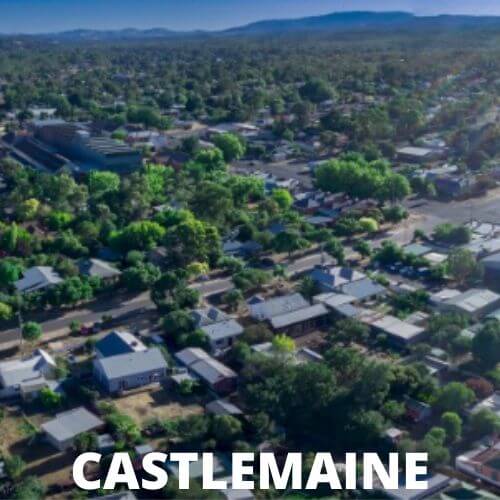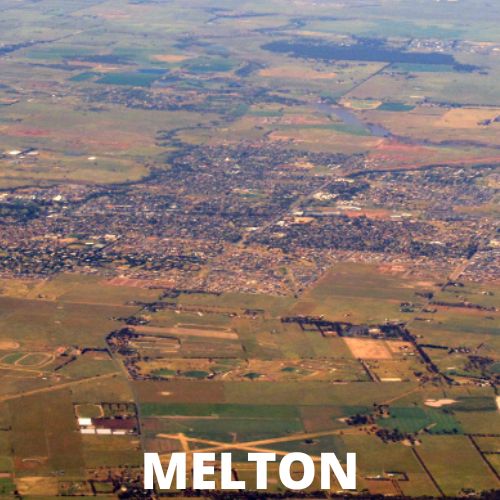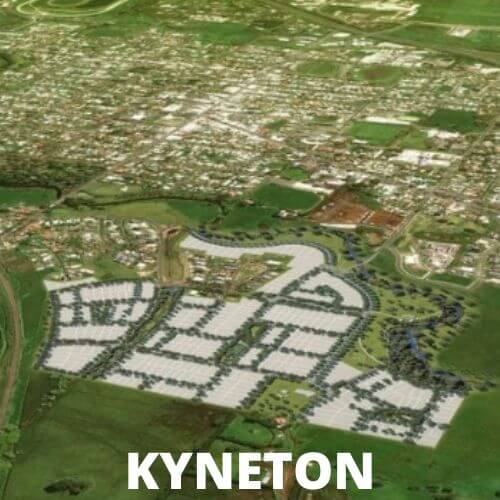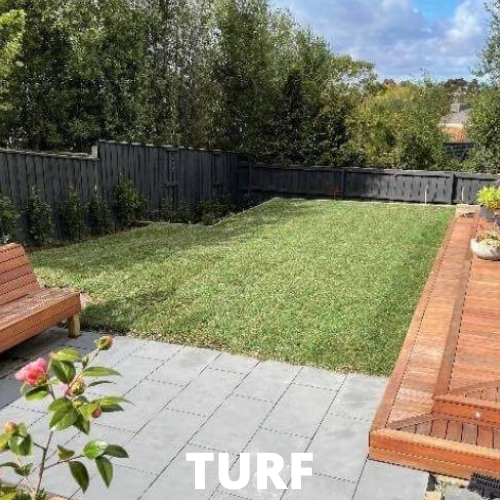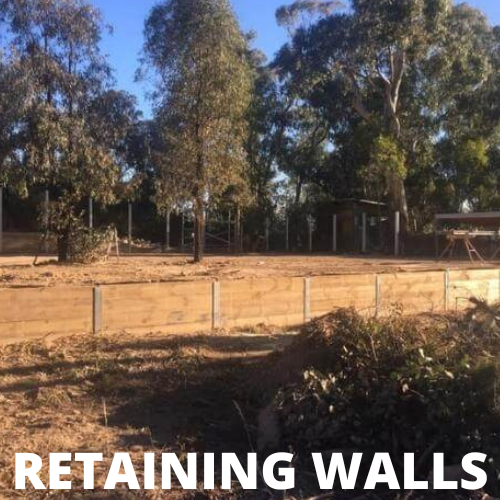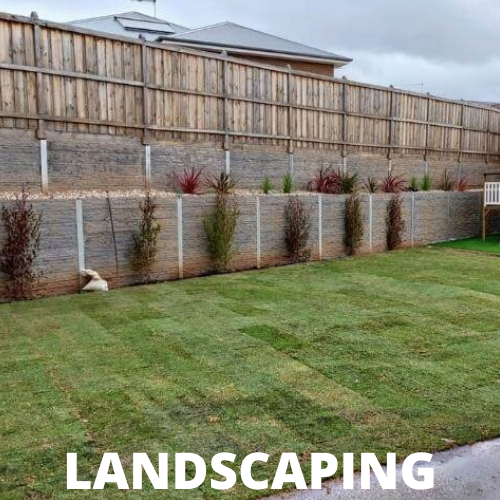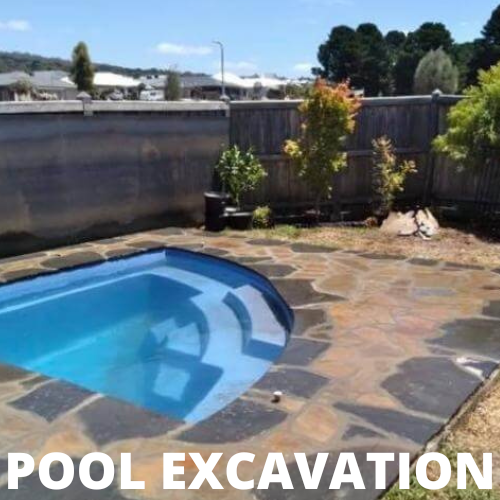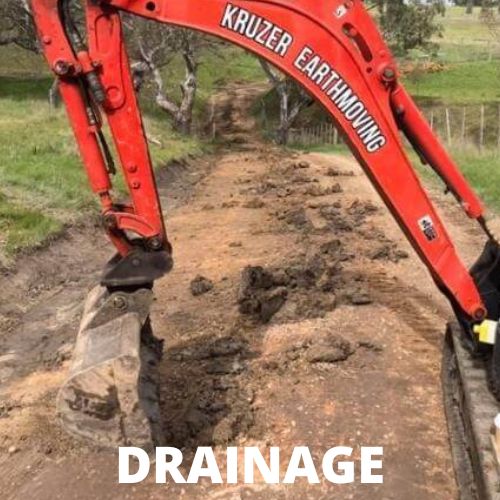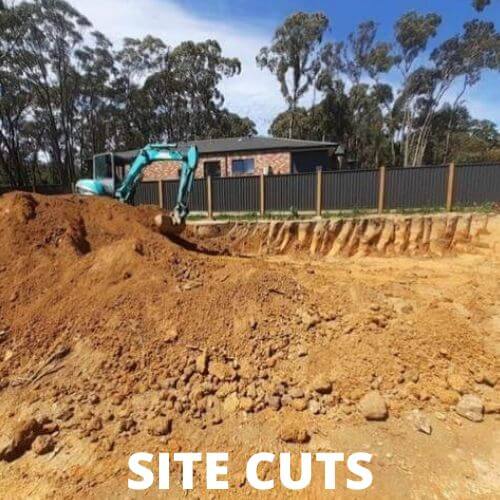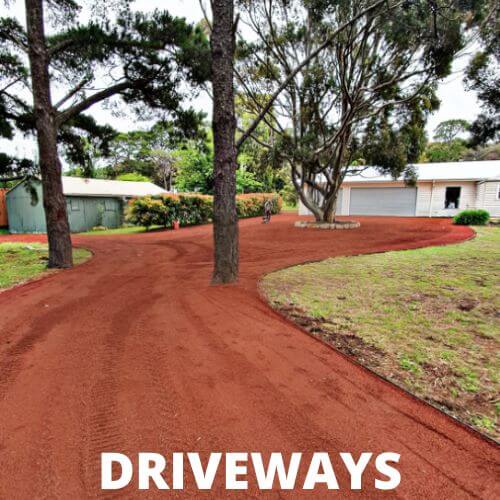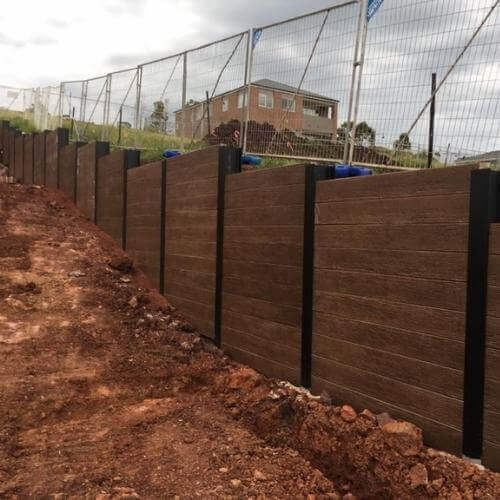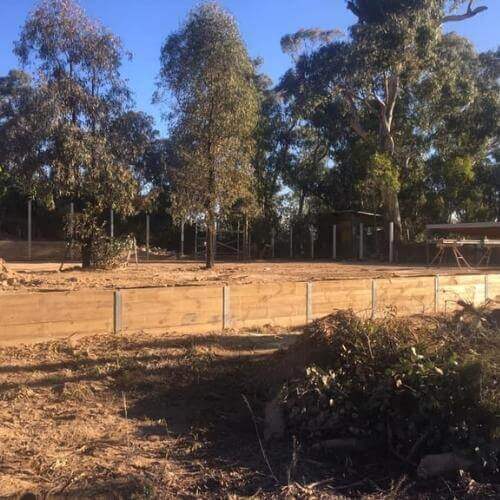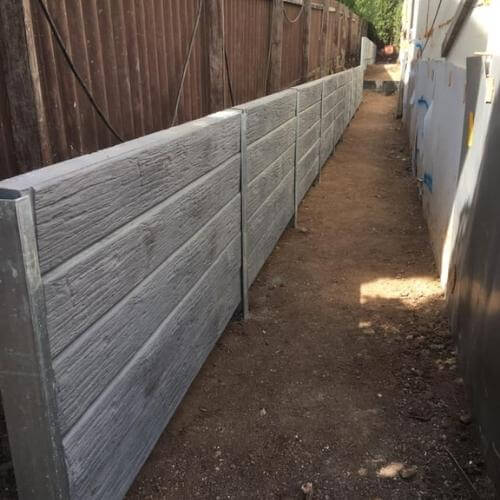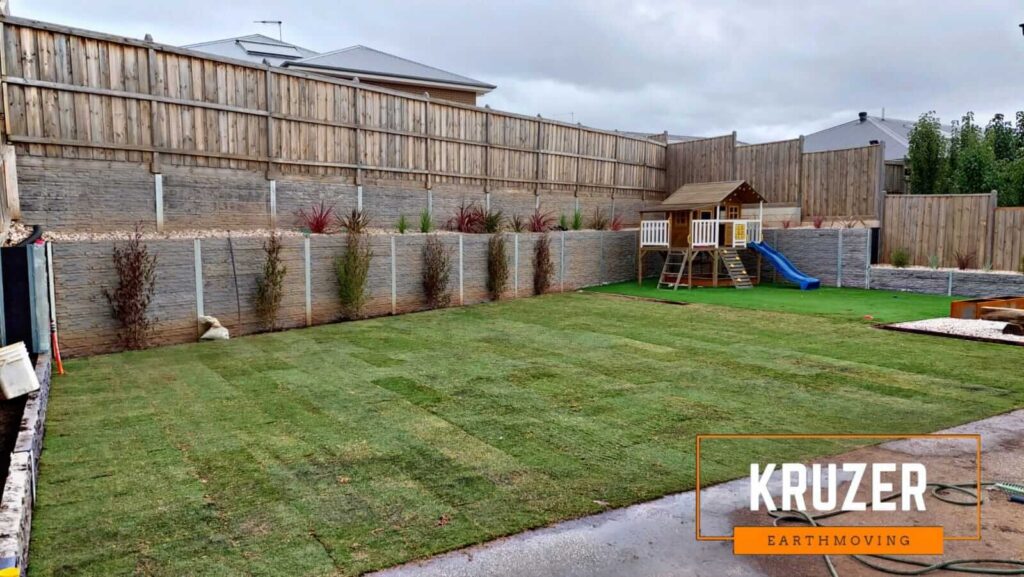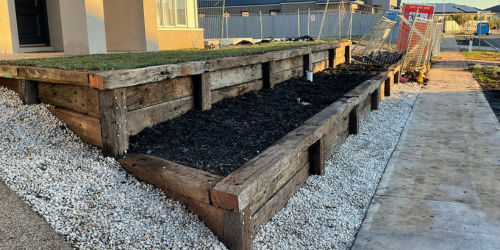EXPERT BUILT
RETAINING WALLS
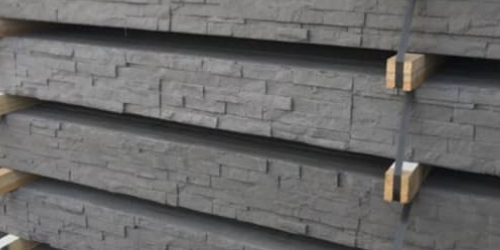
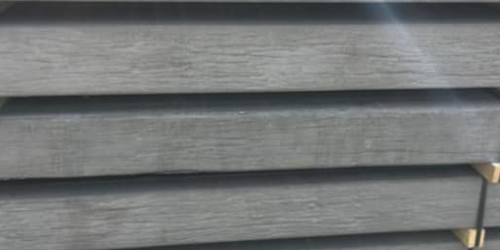
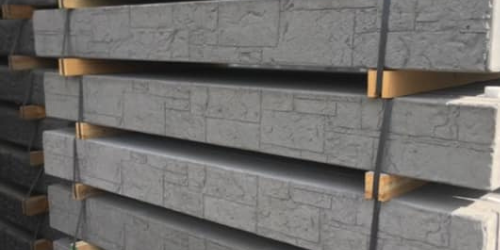
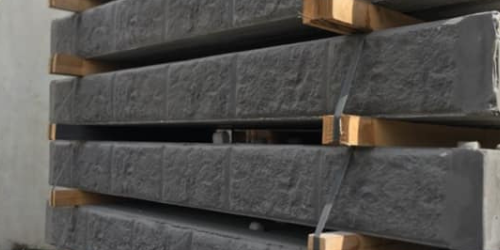
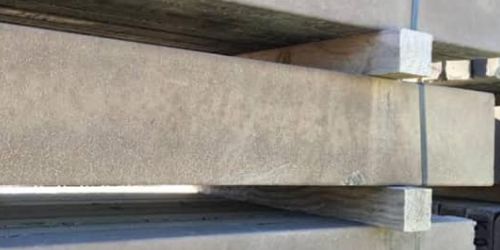
TIMBER RETAINING WALLS
The least expensive option is typically a retaining wall made of timber. Hardwood or treated pine can be used to build timber retaining walls. Timber looks organic and natural, which makes it a good match for gardening and landscaping.
Timber retaining walls have a limited lifespan and may bend, warp, bowe or slide over time since, unfortunately, it is a somewhat unstable material whether fully exposed or buried in the ground. Timber retaining walls can be built using a panel and post method, using steel posts, this can increase the lifetime of your timber retaining wall.
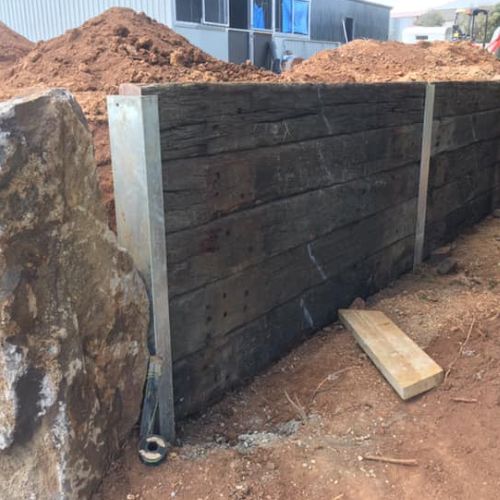
PANEL AND POST RETAINING WALLS
Are you seeking for a long-lasting, high-quality panel and post retaining wall?
Usually using steel posts and panels made from concrete or timber, a panel and post retaining wall is a solid structure with a range of possible finishes. The panels used are up to you and we have access to a huge variety of finishes, such as imitation sandstone, pebbles, brick and block look, featured sleepers. Sometimes a simple steel post retaining wall with concrete sleeper finish can give you the retaining wall look you have been going for. There is no doubt a timber sleeper or railway sleeper wall is great for backyard landscaping. Panels can be made to the style you select.
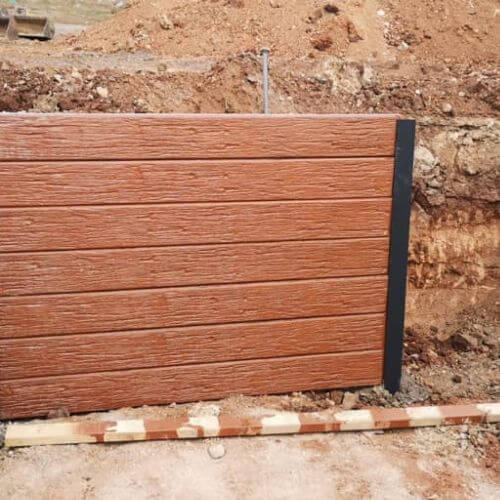
ROCK RETAINING WALLS
We can design and build rock walls, rock retaining walls, rock steps and rock features. Nothing blends into the landscape or garden more naturally than a rock wall. Rock walls can be constructed from sandstone, limestone, volcanic rock and basically any rock type you choose. Rock retaining walls can be incorporated into other types of retaining wall.
Retaining wall design is influenced by the soil’s susceptibility and intended use. While retaining walls may be made from a variety of materials, including precisely organised masonry blocks, reinforced concrete, timber panels, rocks, stones, and boulders.
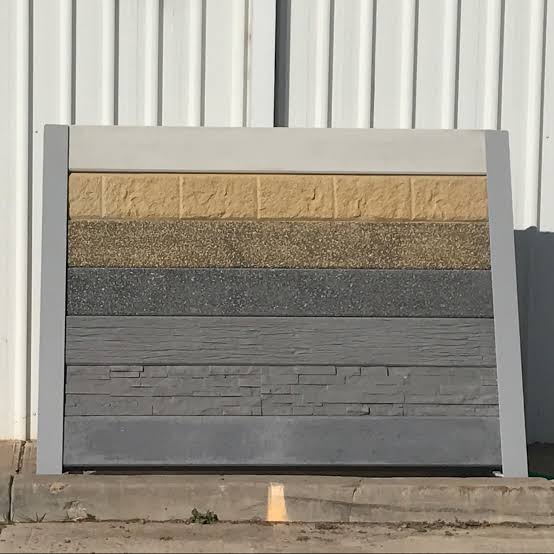
GABION WALLS
Gabion baskets can be large or tiny and are made of steel that has been galvanised. We fill these with a variety of pebbles or stones that will give any home or piece of land a distinctive and fashionable appeal.
Gabion is a wire container that may hold any kind of inorganic substance; the name is taken from the Italian word for “cage.” They may create adaptable, breathable structures that are effective in preventing shorelines from eroding.
They are affordable, need little to no maintenance, are simple to instal, have a very long lifespan, and can be produced reasonably fast.
There are several grades and gauges of wire mesh available, but they are normally all galvanised, therefore the price of the wall depends on the wire used. The fill material being employed is the additional cost-determining component.
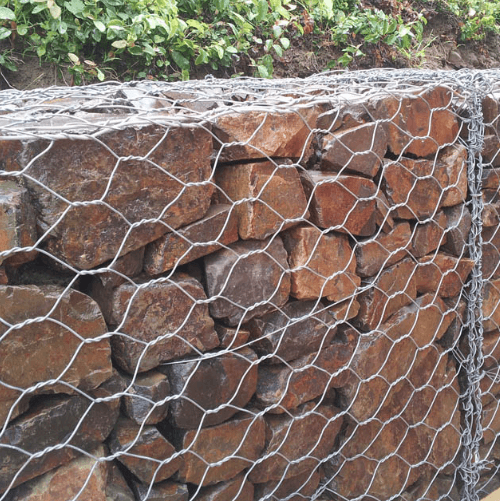
CONCRETE SLEEPER RETAINING WALLS
Concrete sleeper retaining walls, which come in a broad range of colours and finishes, are often regarded as the most adaptable, sturdy, and straightforward type of retaining wall to build. If correct technical principles are followed, they may be constructed quite fast and have a lifespan that is significantly greater than the minimum 60 years necessary in almost all areas.
The procedure starts with a site assessment to identify the type of land that needs to be stabilised. This may entail elements like figuring out the native soil’s composition, load-bearing capacity, permeability, and other physical traits.
An approved building plan will be developed following evaluation of the project site’s appropriateness and the client’s prefered aesthetics.
Concrete walls are a popular choice.
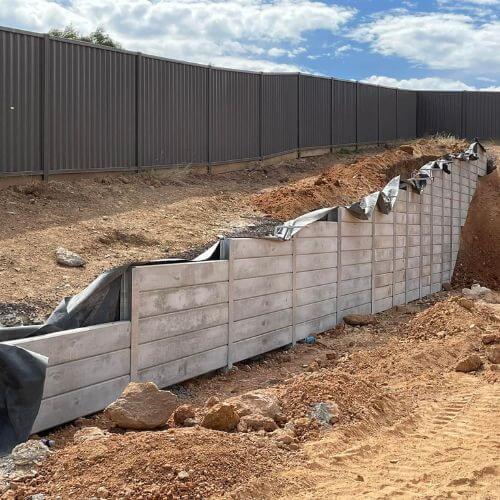
STACKER STONE WALLS
Choose a colour that fits your home or the theme or colours of your garden or outdoor space as natural stone comes in a variety of forms and colours.
Sandstone is frequently utilised in swimming pool areas because it is highly resilient and can withstand salt and water. It may be a terrific material for your retaining or sitting wall since it resists water for the same reason.
Your retaining or sitting walls might get some elegance from the deep, rich colours of bluestone.
Quartzite, one of the hardest and most dense stone types, resists water discolouration and absorption, making it an excellent natural stone for creating garden walls of any size.
Limestone that has been polished is frequently utilised for verandas and other outdoor structures. Pick limestone for its appealing and bright colours.
Travertine is another lovely stone that is both rustic and elegant. It is so durable that it is used for both indoor and outdoor pavement.
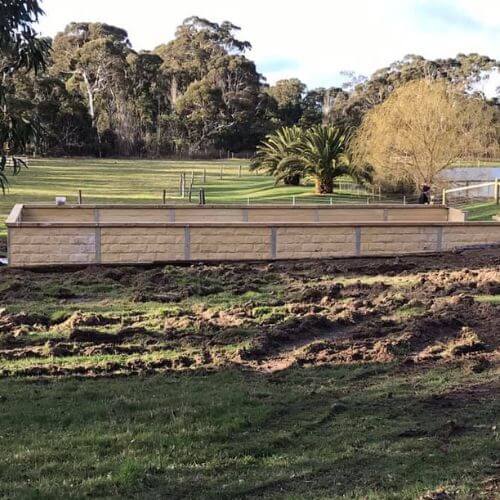
RETAINING WALL DRAINAGE
A retaining wall is definitly not a simple undertaking, they can quickly get complex in their design and must be engineered to withhold the weight of the upper layer behind the wall.
Many people hardly ever notice retaining walls, and even fewer recognise them as the technical wonders that they are. Above ground, their exposed surfaces seem a basic wall like those of any other typical construction, but if improperly planned and built, they might quickly fail, causing significant property damage as well as perhaps fatal or serious injuries.
Why is drainage crucial when constructing a retaining wall? It is said “the main cause of walls falling is probably insufficient drainage behind the retaining wall.” The strain that the retaining wall must withstand might more than quadruple if water pools or the soil becomes saturated as a result of inadequate drainage. Although there are important safety considerations built into the requirements for retaining wall design, without adequate drainage, the wall may ultimately crumble. Native soil is generally stable but will expand when wet and lose its flow and stability. The lateral pressure against the wall will rise significantly as a result.
RETAINING WALL BUILDERS
The use of retaining walls is very common throughout Melbournes western suburbs, Bendigo, Kyneton, Bacchus Marsh, Sunbury, Melton and other areas Kruzer Earthmoving operates. The use of a retaining wall or rock wall can open up more space in your back yard, front yard or garden for creating beautiful landscaping and outdoor areas. Retaining walls can be used for both residential projects and larger commercial projects, a retaining wall can be used to split levels, remove dirt and earth and add structure to your yard or outdoor area as a practical approach to landscaping.
A structure that is vertical or nearly vertical (more than 70 degrees) and used to preserve a difference in ground level is called a retaining wall. To resist the lateral pressure of the soil that is being restrained and stabilised, this often occurs along a lateral front.
They are defined as being taller than 0.8m but less than 15m in height, and having an angle of at least 70 degrees, under Australian Standard AS4678 – Earth Retaining Structures. This is done to avoid confusion with other types of reversion structures, each of which has its own requirements.
WHY DO I NEED A RETAINING WALL?
Retaining walls are specially engineered to offer a range of benefits for your home. Available in a variety of materials, retaining walls can provide the following:
- Make the landscape more stable
- great for levelling properties
- Make clearly delineated, well-balanced outdoor areas.
- Prevent possible soil erosion
- Improve the back yard or front yard drainage
- Boost the property's value
- Ensure that the earth doesn't sway or wash away
- Additional support for the buildings enclosing your property
- Contain unstable soil
- Open up a new feature are of your yard
- Create a versatile area
WHY CHOOSE KRUZER EARTHMOVING AS YOUR RETAINING WALL BUILDERS?
A retaining wall is serious business. A retaining wall carries a heavy load and must be built with precision to pull off the right look. Kruzer Earthmoving has a wealth of experience building large retaining walls, smaller retaining walls, residential retaining walls and commercial retaining walls. When you choose Kruzer Earthmoving as your retaining wall builders you will receive:
- Aesthetically attractive outcomes
- Quick and affordable service
- The entire required set of equipment, plant and tools
- Detail-oriented, professional service
- Access to a huge range of retaining wall materials including timber, concrete and rock
RETAINING WALL FAQ
In areas where more support is required to stop the ground from sliding downward due to erosion, retaining walls are frequently encountered. A retaining wall's primary purpose is to resist gravity; the slope's lateral force must be countered in the construction of the retaining wall. Additionally, retaining walls can: Create useable land
Retaining walls also provide a variety of other advantages that may help turn your environment into a beautiful and useful work of art.
Support for Structure. The purpose of a retaining wall is to hold soil in place.
Adding functional space to your yard. Providing flood control. Preventing soil erosion. Aesthetics.
If your land slopes, you'll create flatter areas that are more suited for various uses. You may construct a functional retaining wall on a slope using boulders, pavers, bricks, concrete blocks, and even wood.
Generally whatever you have in the air should be in the ground, generally speaking.
When will the local council need to approve your retaining wall? The best course of action is to just call your neighbourhood government and enquire. Variations in height across states are conceivable. But there are some general guidelines to remember:
* In New South Wales, retaining walls taller than 600 mm from the ground require municipal consent.
* On Queensland's Gold Coast, retaining walls one metre or taller require construction consent.
* Victoria requires a building permit for retaining walls that are taller than one metre.
You'll almost probably need a structural engineer as well if you need a building permit. Please get in touch with us if your engineer needs further information about our concrete sleeper engineer standard.
Domestic retaining wall projects are not difficult for engineers to complete, and obtaining an engineer's report won't be expensive.
The best course of action is to get in touch with your local authority because there may be limitations on how near you can go to the boundary in addition to height limits.
It is ultimately the responsibility of the client to make sure that they have bought the proper materials and have complied with council laws and/or engineer requirements, while we may offer advise or assistance on the goods we feel you need or provide a material quotation for you.
Please ask for a price if you need steel of any kind or length from us. Requests can be made for steel specifications, including dimensions and sectional characteristics.
All retaining walls that are built on or near site borders where there is a possibility of causing harm to the neighbouring property, or that are 1m or more in height, require a construction permit.
Any retaining wall at a property line or one metre (or more) in height in Victoria needs a construction permit. In Western Australia, things are a little more complicated, so if you can, get legal assistance.



